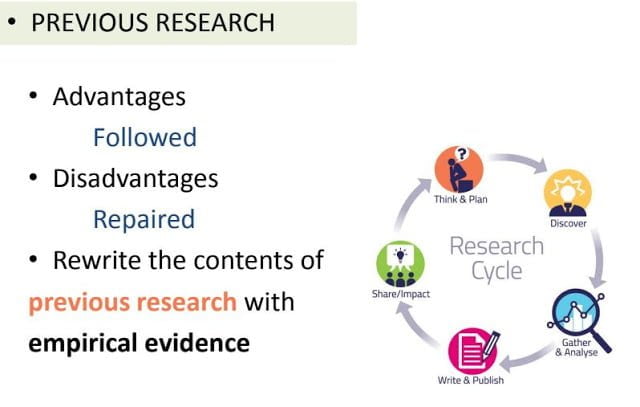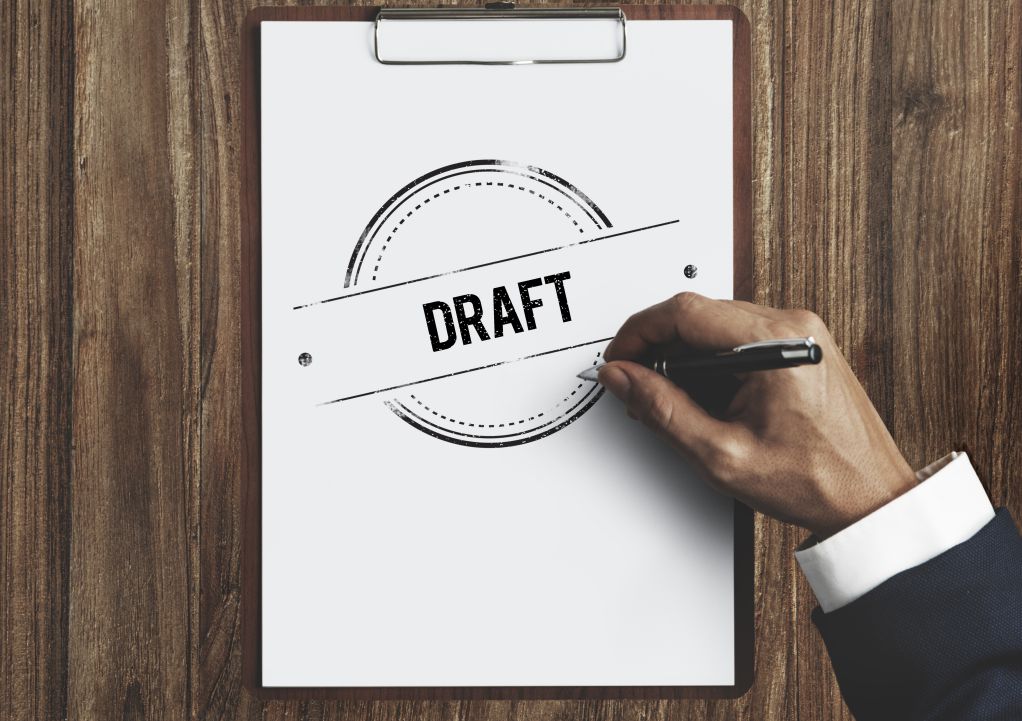Last Updated on July 12, 2023
If you want to write the Introduction, you need to write the detail of your research. In contrast to abstract writing, the Introduction must detail explain the general problem until the expected research results. In writing the Introduction there is some part that must explain in each paragraph that we write.
Read Also: 4 Important Points in Writing Abstract on Scientific Paper

First Paragraph of Introduction: General Problems
The Introduction is usually more emphasized in the discussion of the urgency of the problem that you want to solve. Usually, the urgency of the problem will convey in the first paragraph. In this paragraph, explain the problem in general and explain why the problem is very important to resolve. Don’t forget to add sources or citations that prove that the problem actually happened.
(Read Also: 7 Tips and Tricks for Publish in Scopus Journal)
Second Paragraph of Introduction: Specific Problem
After you explain the general description of the problem, in the second paragraph, explain the problem that you want to solve specifically. Specifically here in terms of discussion, the problem has led to the object of the problem that you want to solve. Describe what objects you want to discuss and also include the types of data that you want to use. In explaining the object of the problem in detail, it is also necessary to add sources or citations that prove that the problem really happened.
Read related article Tutorial on Insert Citation and Bibliography Using Mendeley Desktop
The third Paragraph: Existing Solutions (Previous Research)
Furthermore, you must write an existing solution or current solution. Observe existing solutions can be done by reading other papers that are similar to your research. Write down some of the solutions you have gotten by writing down the source or writing down citations. Previous research that usually discusses and writes in the Introduction is the method uses and the results of the research conducted.
Fourth Paragraph: Weaknesses or Strengths of Existing Solutions
This paragraph is a continuation of the 3rd paragraph. If you already know the method that uses from the results of previous research, you can take one of the sides for you to discuss in the 4th paragraph. You can write about the advantages or disadvantages of previous research.
If you are going to discuss the disadvantages, write the gaps that you found in the previous research. After that, you can solve the gap or correct them in your current research. Gaps in previous research can be in the form of deficiencies in modeling or selection of methods, deficiencies in modeling solutions, or deficiencies in the use of data.
If you will discuss the advantages or strengths of previous research, then in this paragraph you need to discuss what greatness of previous research. You can follow the greatness to implement on the object of problems that you will complete in your current research.

Note: Sometimes you need to take a separate sub-chapter to discuss previous research if the previous research. Because if you need to explain more than three articles and there are quite a lot of things you need to explore.
Fifth Paragraph: Proposed Solution
After you explain the advantages or disadvantages of previous research, the next step is to convey how the solution you propose to solve the problem discussed in paragraphs 1 and 2. In this discussion explain the method modeling briefly, the data used, and the expected results.
For more information read also 7 Tips and Tricks for Publish in Scopus Journal.
Note: Several studies combine explanations of general problems and specific problems in one paragraph. This is certainly not a problem as long as the submission in one paragraph can fulfill all the things to be conveyed.
To improve your writing skills, you can follow some guidelines in writing each section in the following article.
- Introduction to Structure of Scientific Paper
- 4 Important Points in Writing Abstract on Scientific Paper
- Previous Research Writing Guidelines
- Methodology Writing Guideline
- Result and Discussion Writing Guideline
- Guideline for Writing Conclusions in Scientific Paper
- References Writing Guideline
Lastly, this is the explanation in the video version.
Author: Ida Wahyuni, S.Kom., M.Kom.
Instagram Direct Message: Ida Wahyuni



